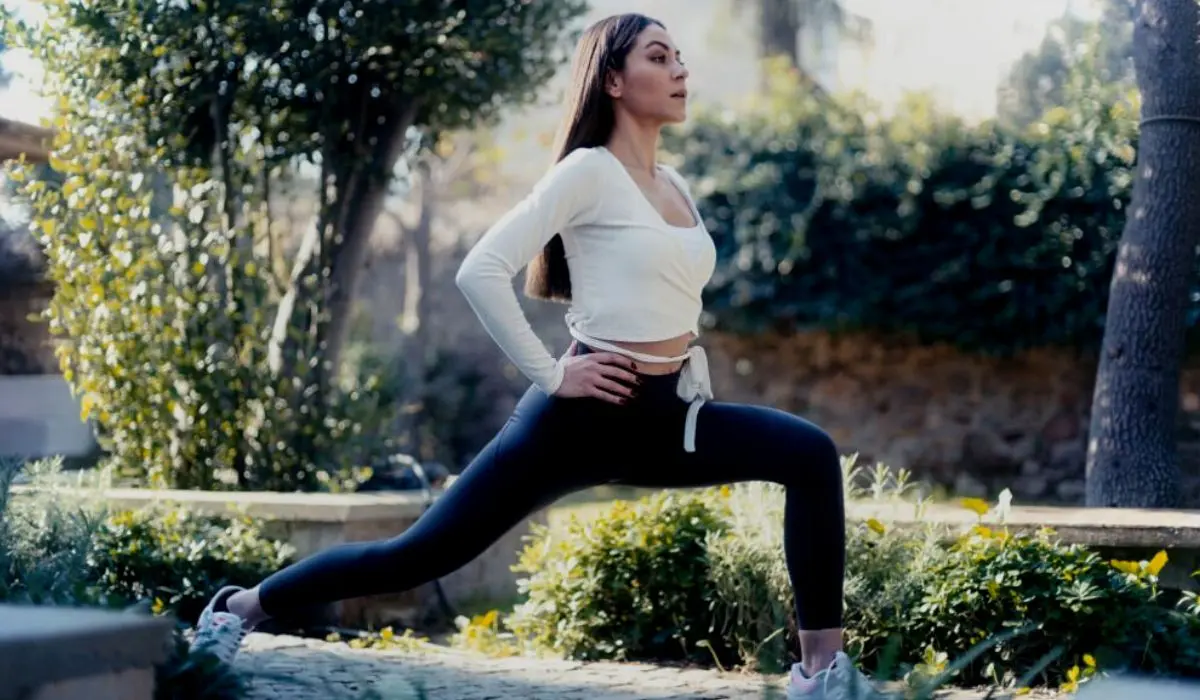A sports hernia can be defined as an injury that occurs to the soft tissue present in the groin area. In medical terms, this condition is referred to as Athletic Pubalgia and it is commonly found in sports players who engage in sports activities that involve quick and sudden movements of the lower abdomen.
When you suffer from a sports hernia you are actually suffering from a tear in the tendons that connect the muscles and the pelvis together. It can also happen when these tendons get weak.
Sports hernia is not similar to the traditional hernia, however not treating it at the right time can lead to developing one. It can be difficult to diagnose sports hernia as its major symptom pain in the groin area can be due to many other injuries as well. In some cases, a sports hernia is mistaken for a pelvic fracture or pain in other parts.
Symptoms Of Sports Hernia
You can identify a sports hernia through a few common symptoms. These symptoms can be identified by yourself without additional help. Let us look at what the sports hernia symptoms are:
Common symptoms of sports hernia
- Sudden pain when the injury happens
- The pain will travel downwards
- Pain in inner thighs and/or scrotum
- A burning sensation in the area
- Disabling pain when you run or sit up
- Recurring pain
Other symptoms of sports hernia
- Can not twist
- Can not kick
- Extreme pain when sneezing
- Can’t cough without pain in the groin
- Chronic pain
- Relaxation when you rest, but the pain will come back once you start the physical activities again
These are common difficulties that you face when you have a sports hernia. On having these you can consult a doctor and medically diagnose your condition. It can be diagnosed by tests such as X-rays. MRI, CT scan, Ultrasound, and bone scan. As groin pain can be due to some other conditions as well, it is crucial to identify the exact reason that you are suffering.
Rehabilitation Exercises For Sports Hernia
The rehabilitation process of a sports injury decides the time within which the injured sportsperson can return to playing the event after recovery.

The rehab exercises for sports hernia can be divided into 4 broad stages.
- Manages pain and the visible swelling or bulge in the groin area
- Gradually improves the range of motion and flexibility
- Improves strength and balance with time
In three of these stages, the workouts and the training given are common. Let’s what happens in the fourth stage:
4. Sport-specific training
The Rehab Exercises For Sports Hernia Are:
🔹 Adduction
Slow movement of the leg toward the middle of the body and toward the other end of the body
👉 Sitting Adduction with a soccer ball
👉 Standing adduction
👉 Standing adduction with leg pulley
🔹 Backward pelvic tilt
🔹 Abdominal sit-ups
🔹 Forward walking lunge
🔹 Backward walking lunge
🔹 Side planks
🔹 Balance training
These are the common exercises that can help you to recover from a sports hernia. Other than this the other exercises that can help you
🔹 To build core momentum
🔹 To build strength
🔹 To strengthen the lower abdomen
🔹 To increase pelvic stability
The Bottom Line
A sports hernia is a condition that can happen to those who play contact sports such as football, soccer, ice hockey, and so on. You will feel a sudden pain when you have this. It is important to identify that what you have is a sports hernia and to start treatment at the right time.
Therefore, when you experience this try to remember what you were doing when you had the pain and try not to panic as it is a condition that can be treated effectively.
Read More:- What Are The Benefits Of Sports Physiotherapy?
FAQs
Q. How long is rehab for a sports hernia?
Usually, the rehab for sports hernia can last up to 6 months. This can vary according to the intensity of the sports hernia that someone suffers from.
Q. At what age can you get a sports hernia?
Commonly, people between the ages of 24 – 40 get sports hernia. People of other age groups might also suffer from this but it is not common among them.
Q. Do sports hernias hurt to touch?
The area might have gone tender and this can be felt when you touch the area. If not treated, staggering pain will be developed in the area.